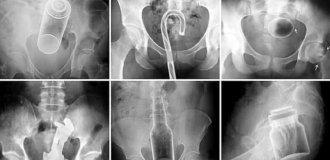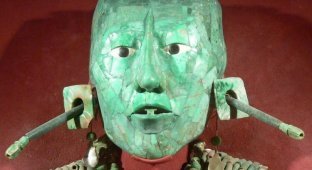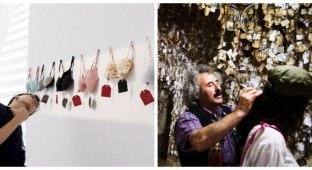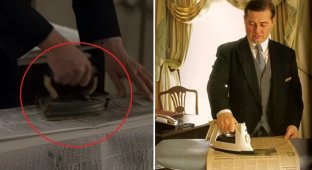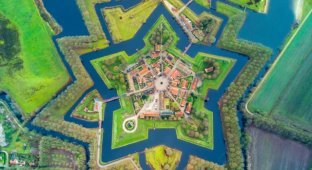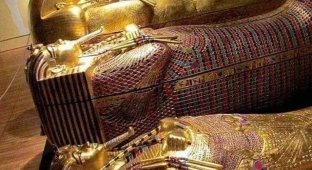10 artifacts that Britain refuses to return home (11 photos)
If you look into the British Museum, you will notice a small oddity: many exhibits have nothing to do with the UK. Over the years, England managed to get a lot of artifacts of extraordinary historical significance from a wide variety of cultures around the globe - and not always in an honest way. The countries of origin of these artifacts have repeatedly asked Britain to return their treasures. Alas, before So far, none of them has returned to their homeland. 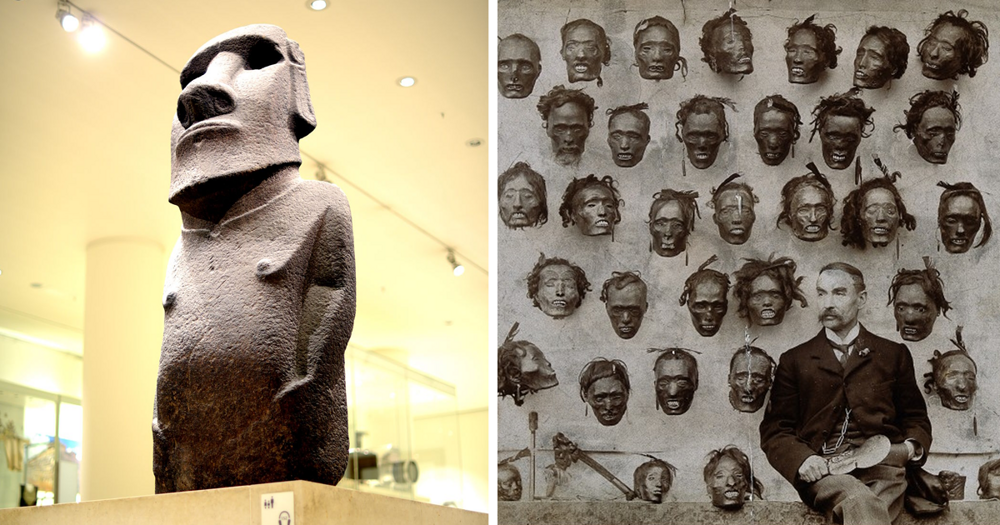
1. Elgin Marbles 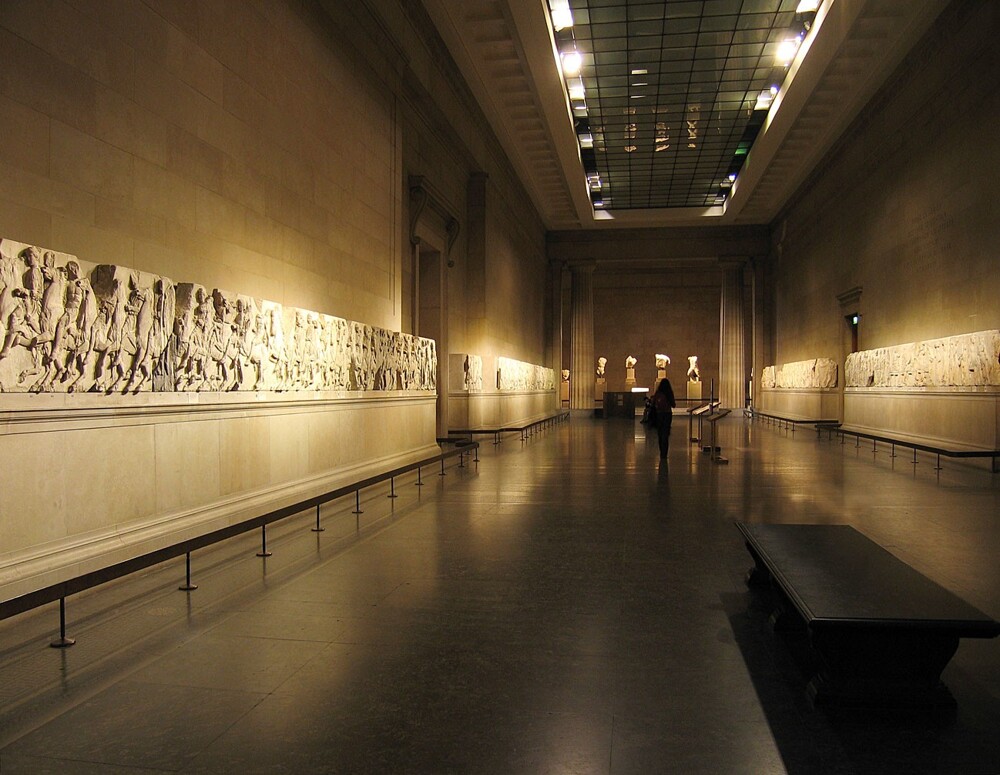
The Parthenon is one of the most recognizable buildings in history. This magnificent temple, a tribute to the gods of ancient Greece, is studied in the classroom art and architecture around the world, and it is also one of the most photographed buildings in the world. Unfortunately, no one has been able to photograph it with the Elgin marbles. These intricate sculptures and reliefs once adorned the frieze of the Parthenon, built in the fifth century BC ad. Marble slabs with images of the festival in honor of the goddess Athens was removed from the temple between 1801 and 1805 and thanks to Lord Elgin, the British ambassador to Greece, was taken to England. Greece repeatedly requested the return of these priceless ancient sculptures as important artifacts of national history, but England still refuses this request.
2. Rosetta Stone 
The Rosetta Stone is considered to be one of the most significant archaeological finds in history. The message on this stone was written in several languages, which allowed historians and linguists to decipher writing systems that have not been used for hundreds or even thousands of years. This truly impressive stone, carved around the year 300 BC, was found in Egypt by none other than Napoleon, who "discovered" several outstanding artifacts from the ancient world while building his empire in the early 1800s. The British defeated the French in battle at Waterloo and somehow got hold of the Rosetta Stone, which now on display in the British Museum. Because the Rosetta Stone is one of the most important historical monuments in history, the Egyptian government repeatedly requested that he be returned to his homeland, however, the stone still remains in England.
3. Stupa Amaravati 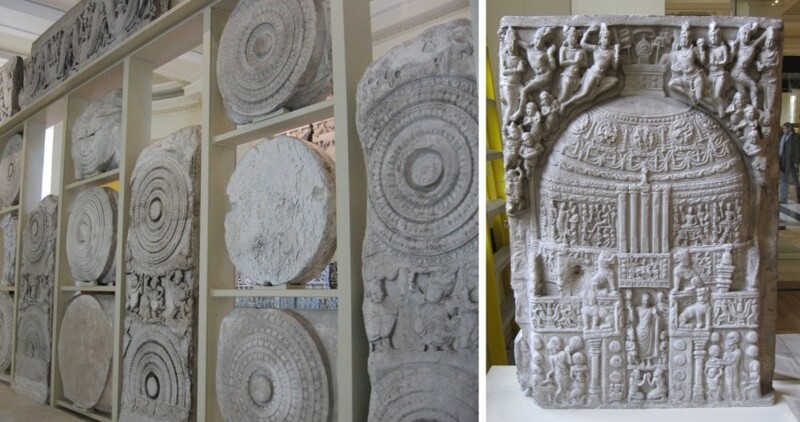
The Amaravati stupa, dating from the third century BC, was a large and ornate Buddha shrine located on present-day Chennai, India. British colonizers discovered the stupa in the 1840s, dismantled it and took it back piece by piece to the UK, where the shrine was reassembled and exhibited in the museum. These sculptures and reliefs, also known as Amaravati marbles or marbles Eliot, depict the life of the Buddha and once adorned the outside of the stupa. Historians demand that the fragments of the sanctuary be returned to India, but so far the artefacts remain in England for the time being.
4. Benin bronze 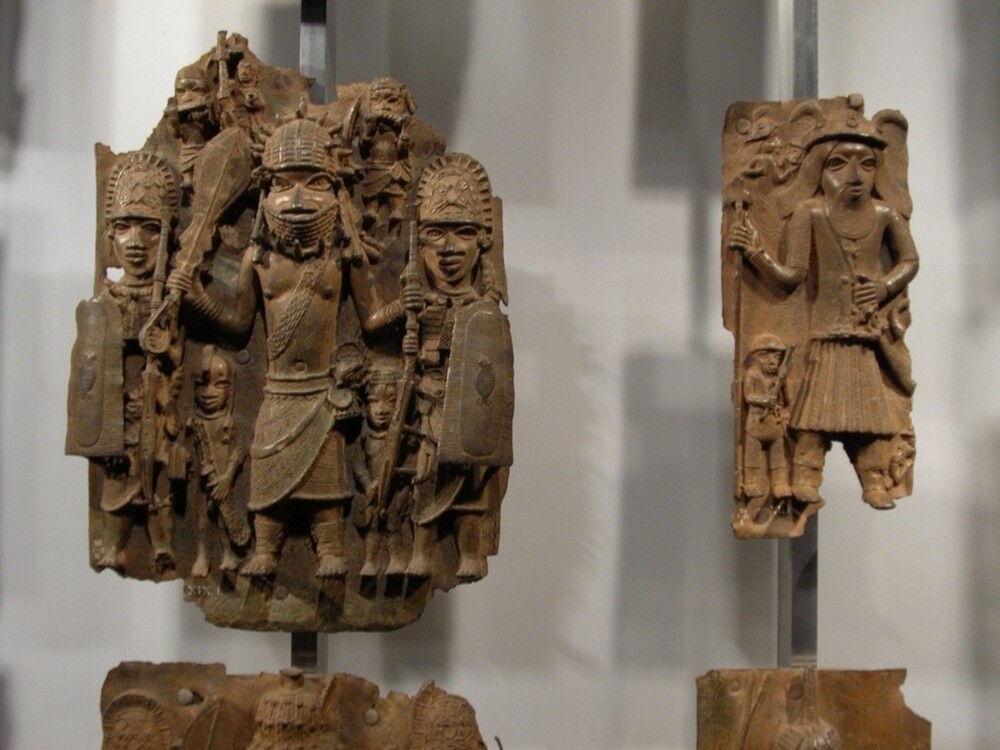
Bronze sculptures brought from the Kingdom of Benin, once existed on the territory of modern Nigeria, until now shine in the British Museum, despite the cruelty shown the British to get them. Bronze items made in the 1200s years, came to England during the campaign of 1897. Benin rebelled against their British rulers, and sent troops. As a result, the city was sacked and the Kingdom of Benin fell. Ancient bronze sculptures, which in total turned out to be more than 200 now reside in the British Museum. Nigeria has repeatedly approached to the British government with requests for the return of artifacts, and inquiries began as early as 1960. These bronze items were even mentioned in 2018's Black Panther, although the film states that the artifacts are in the "Museum of Great Britain", which does not exist, and that the bronze came from Wakanda. In 2018, England agreed to borrow part of the collection for display in the Nigerian Museum, their country origin. However, bronzes are only on loan, and England has not abandoned them forever.
5. Mokomokai, dried Maori heads 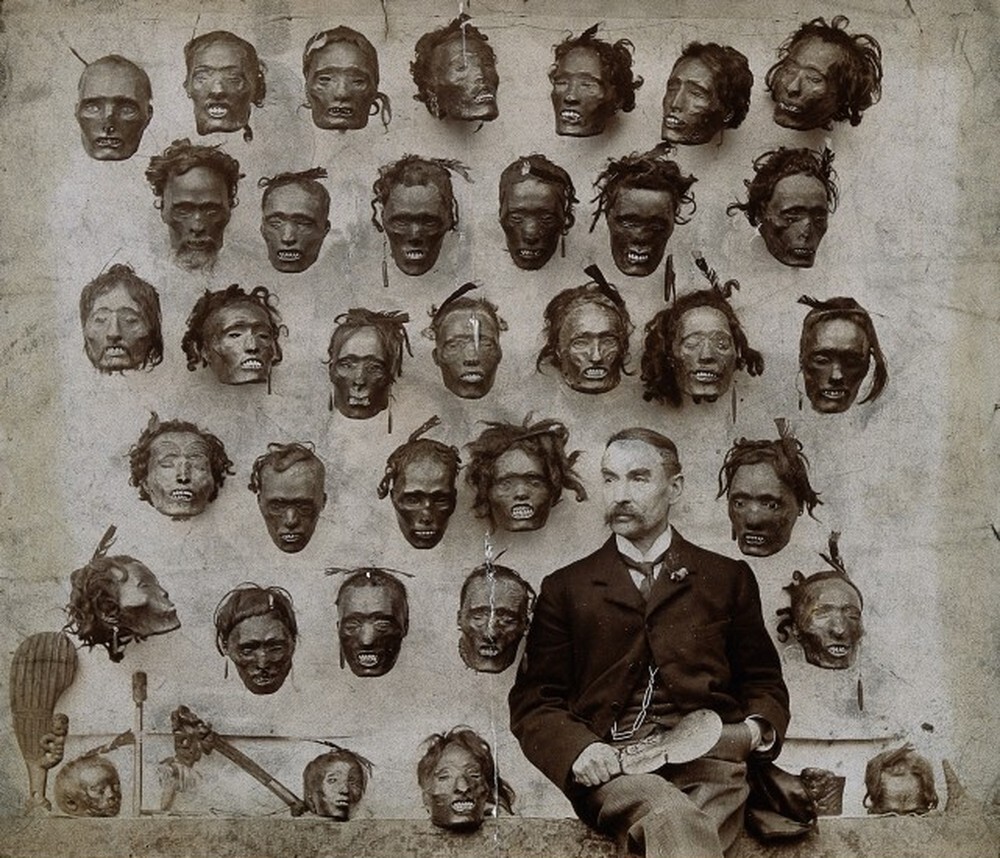
The origin of these artifacts is very far from England - they are an important cultural symbol of the Maori of New Zealand, which carefully tattooed and dried these heads for use in ceremonial rituals. Age of a certainsome of these goals are calculated centuries, and hundreds of them ended up in museums around the world. English, landed in New Zealand in the late 1700s, became interested these heads, and it has become quite fashionable to acquire them for subsequent sales in England. Many of them are now kept in the British Museum in as a spooky attraction. New Zealand repeatedly sent requests for the repatriation of these sacred objects and was able to return a few of them, however most are still on display in British museums and other countries of the world.
6. Hoa Hakananaia 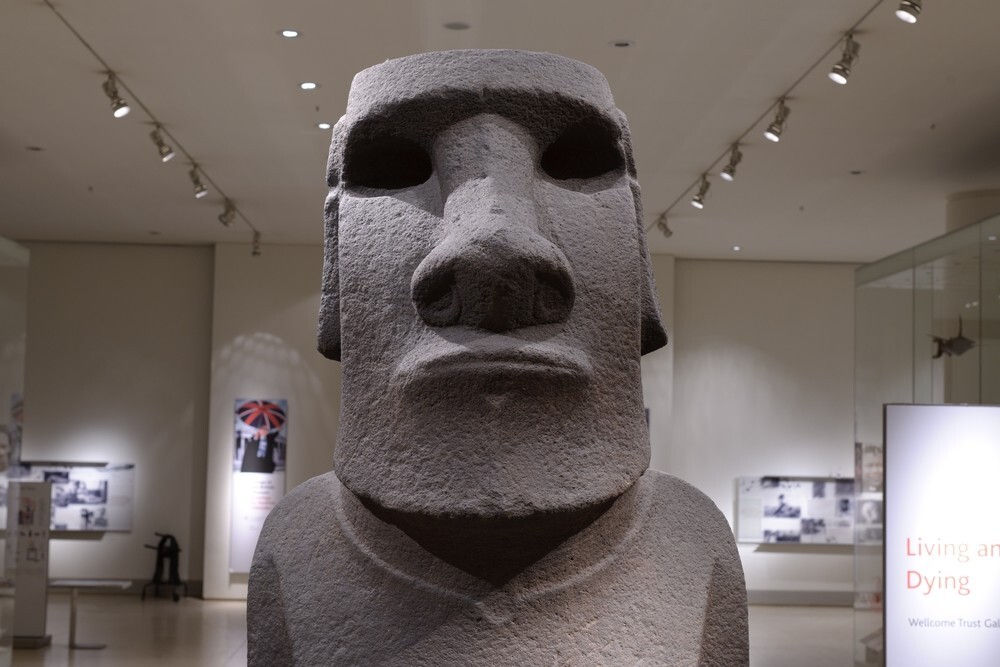
This giant piece of history is one of the most recognizable and popular exhibits of the British Museum; perhaps because it home is so far from England ... but, most likely, because of his size. This is one of the idols of Easter Island, a mysterious artifact, above which historians continue to puzzle over since the sculptures were discovered. Huge statues were made sometime between 1400 and 1600 for years. In 1868, members of the British Royal Navy took two heads and brought them to England, where they remain to this day, despite numerous requests to return them. It is believed that the heads the Easter Islands were of great cultural or spiritual significance.
7 Taino Wooden Artifacts 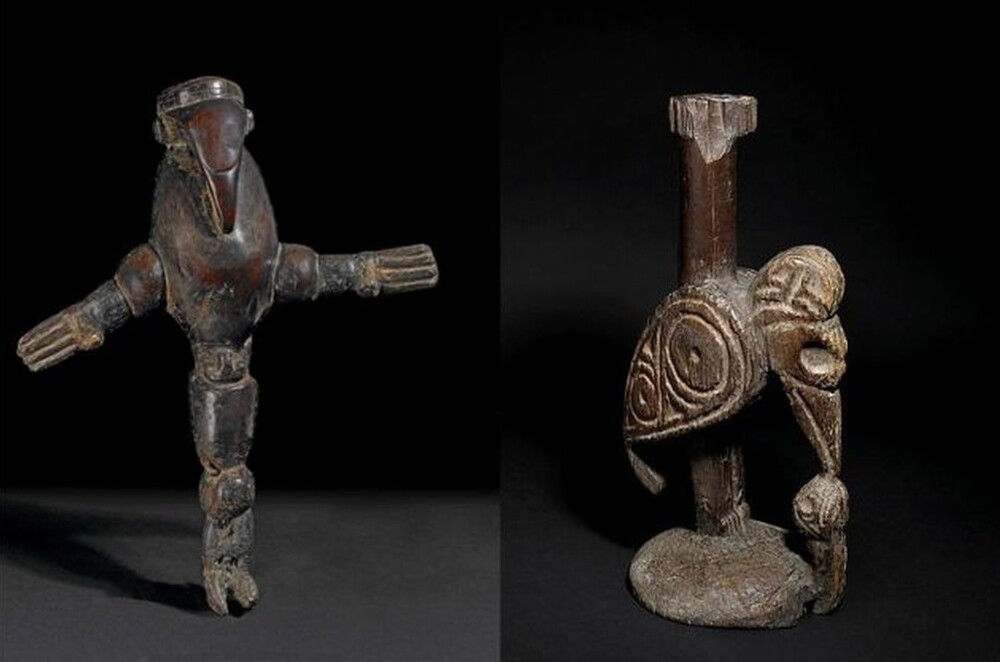
These wooden artifacts, officially known as figurines Boinael the Rainmaker and the Birdman are among the most exotic works of art that can be seen in the British museum. This is because they come from a completely different culture and region of the world - the figurines came to the UK from Jamaica. Jamaican historians say that these Taino artifacts, also known as "carved figurines from Carpenter's Mountain" were recovered from a cave in this mountain. The British Musel took them out of the country sometime between 1799 and 1803, however, according to the official request submitted to the UK Jamaican authorities, they became an official part of the collection only in 1977 year. In the 1980s, 137 cultural artifacts were discovered in the British Museum. artifacts of Jamaica. The country demanded the return of all Jamaican artifacts, and specifically, these two were repeatedly mentioned in the claims in connection with their cultural significance. The Taino were the first people to inhabit Jamaica, therefore, the historical value of the artifacts is immeasurable.
8 Neanderthal Skulls 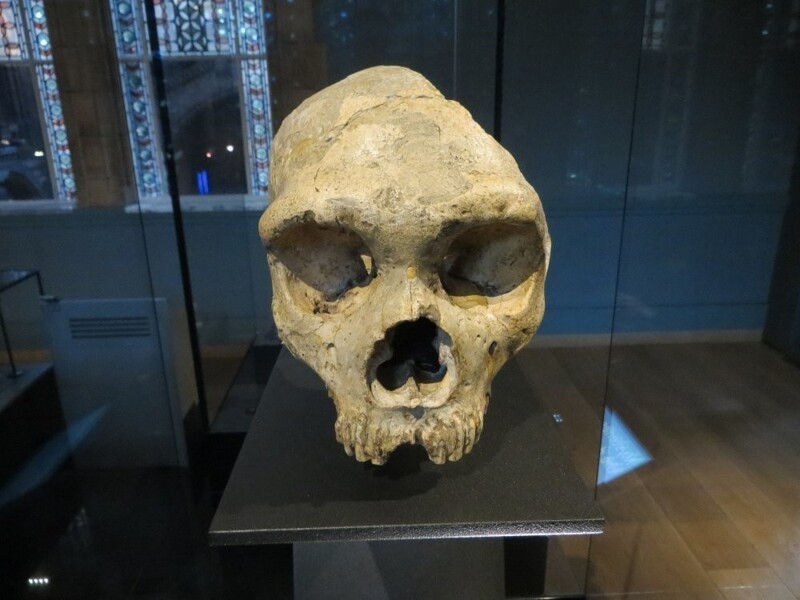
Although the Neanderthal skulls on display at the Museum Long's natural history is, of course, not as attractive as incredible Rosetta stone or magnificent Greek marble, they are among the most important artifacts in history. These are the skulls which are about 50,000 years old, helped scientists understand a lot about Neanderthals and allowed us to learn at least something about these hominids. However, the remains were not found in England - fragments of the skull arrived in museum from Gibraltar. The National Museum of Gibraltar sent official requests for the return of the remains, and so far these requests have not been satisfied.
9. Artifacts from the Summer Palace in China 
To this day, the looting and destruction of the Old Summer Palace remain a sore point between England and China. It all started with death of Thomas Bowlby, foreign correspondent and citizen Great Britain. In retaliation for his death, British and French troops destroyed and burned the glorious Summer Palace, leaving only a pile of ruins. The Summer Palace, built in 1750, was considered one of the most beautiful buildings in the country and has been used to house some of the most valuable works of art of the country, and its loss was a huge blow for the Chinese people. Today the ruins are a popular tourist attraction. an object where visitors are told about the terrible destruction of the palace. Many artifacts were removed from the site and ended up in English and French museums, but their exact number is unknown. Counts, that some of the items are in England, including imperial scepters, imperial vases, jade sculptures, and even parts Chinese imperial throne. Various Chinese citizens and leaders publicly called on European museums and art collectors art to return these priceless historical monuments to their homeland.
10. Trophies of the Battle of Omdurman 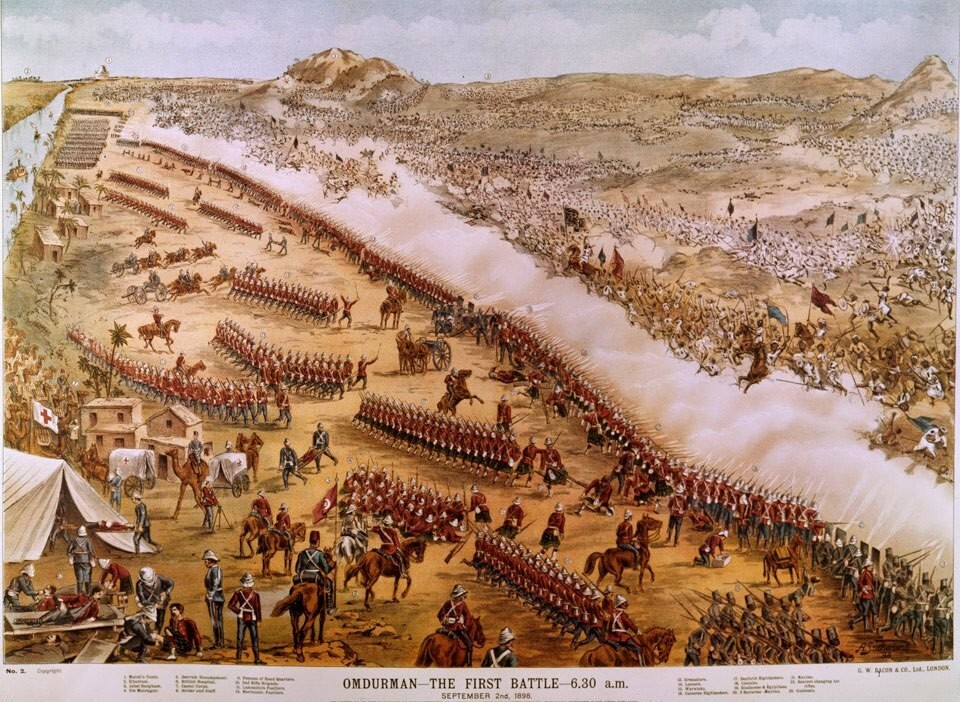
During the British colonization mission in 1896, which lasted until 1898, several artifacts from the Battle of Omdurman on the territory of modernSudanese were taken out and exhibited in various British museums. The Sudanese government has demanded return the armor, weapons, skulls and military banner taken as military trophies. According to the request, the Sudanese authorities want the items have been exhibited in their national museum, allowing them to tell the true story of this battle. Artifacts are still scattered in various museums in England.


